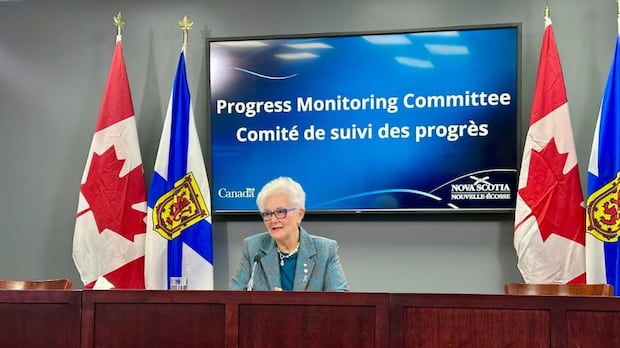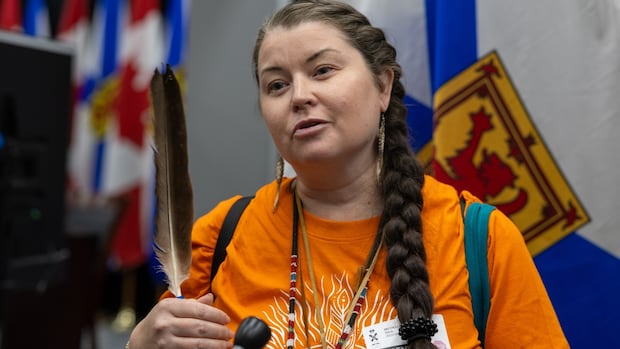CBU researchers say housing crisis in 2 communities worse than federal stats suggest

A recent study conducted by political scientists Jan Hancock and Andrew Molloy at Cape Breton University has shed light on the housing crisis in Glace Bay and New Waterford, two communities within the Cape Breton Regional Municipality. The study suggests that the housing affordability issues in these areas are much more severe than what has been officially reported by the Canada Mortgage and Housing Corporation (CMHC).
According to Hancock, the CMHC reports that 15% of CBRM residents are unable to afford housing. However, the researchers’ survey of residents in Glace Bay and New Waterford revealed that 30% of individuals in these communities are facing housing affordability challenges. The discrepancy in these numbers highlights the underreporting of the affordability crisis by the CMHC.
One of the key findings of the study was that while homeowners in these communities are generally satisfied with the affordability of their housing, more than half of renters are part of the secondary housing market. Hancock noted that 90% of renters in the secondary market consider their housing to be unaffordable, indicating a significant disparity between renters and homeowners in terms of affordability.
The study also pointed out that the CMHC’s data does not account for renters in the secondary market, which includes individuals renting suites in someone’s home or commercial spaces. This oversight in data collection contributes to the inaccurate portrayal of the housing crisis in these communities.
Patti McDonald, the executive director of Town House Glace Bay Citizens Service League, expressed that the study’s results were not surprising, as they align with what she has been hearing from clients. McDonald highlighted the struggle of individuals living in unsuitable housing units due to affordability constraints, emphasizing the urgent need for more affordable housing options.
In response to the housing shortage in CBRM, the study recommends the construction of at least 1,000 new housing units by next year. While some progress has been made with over 900 units expected to be completed by the end of this year, there is still a long way to go in addressing the housing crisis in the region.
Moving forward, Hancock plans to expand the survey to other communities within CBRM to identify areas in need of affordable housing solutions. By gathering more data and insights, the researchers hope to contribute to the development of targeted strategies to improve housing affordability for residents across the region.
In conclusion, the study’s findings underscore the pressing need for action to address the housing crisis in Glace Bay, New Waterford, and other communities in CBRM. With a collaborative effort between researchers, community organizations, and policymakers, it is possible to work towards creating a more equitable and affordable housing landscape for all residents.




